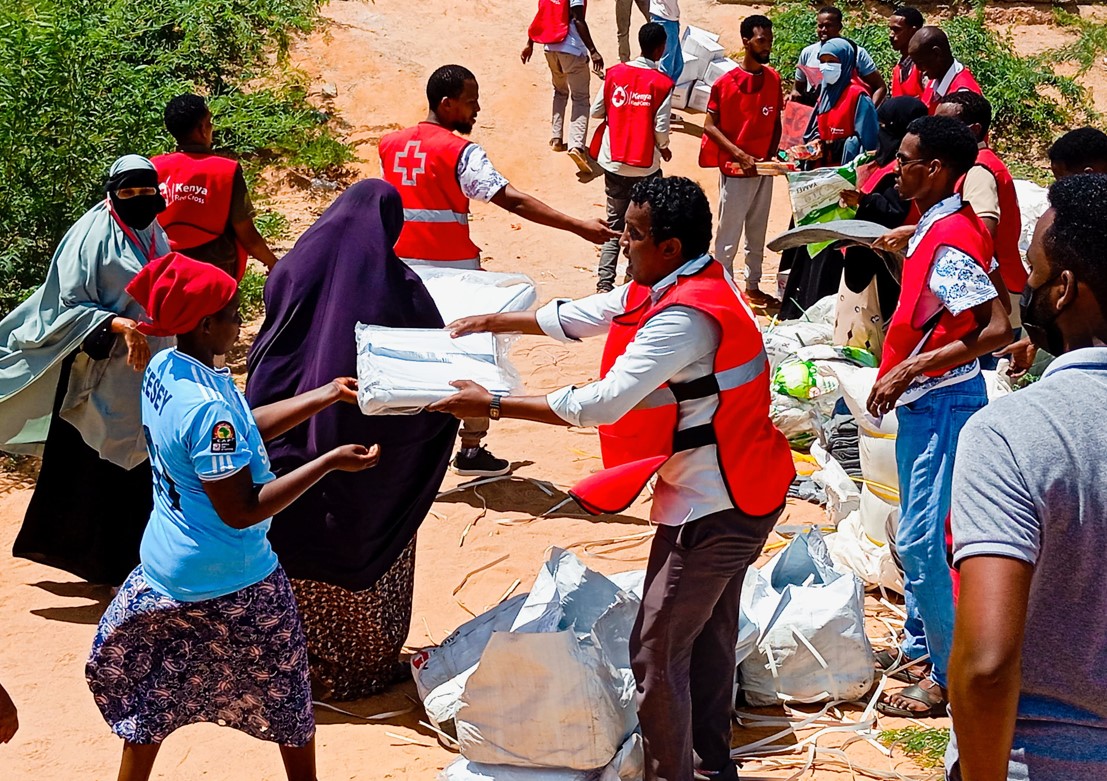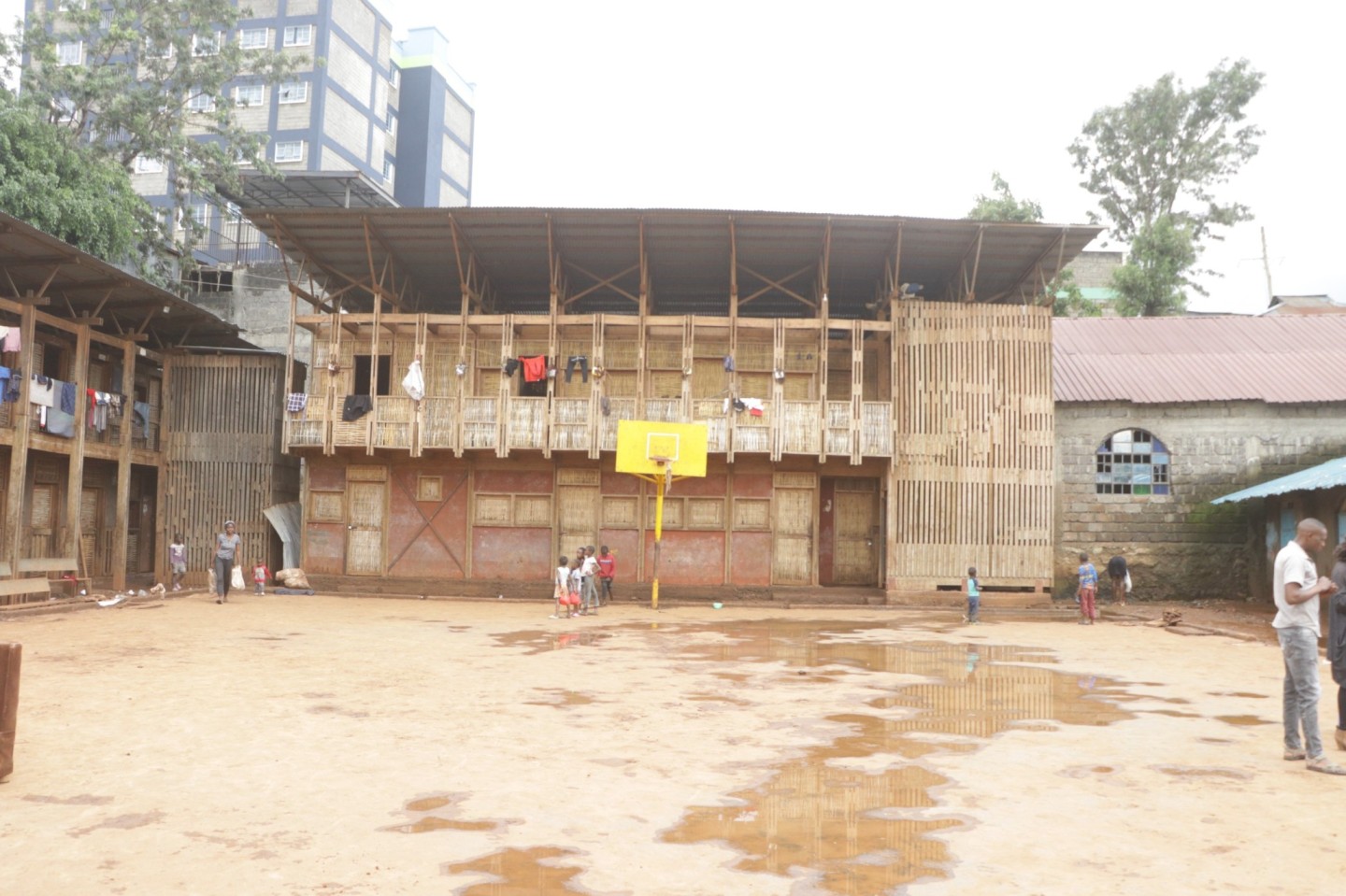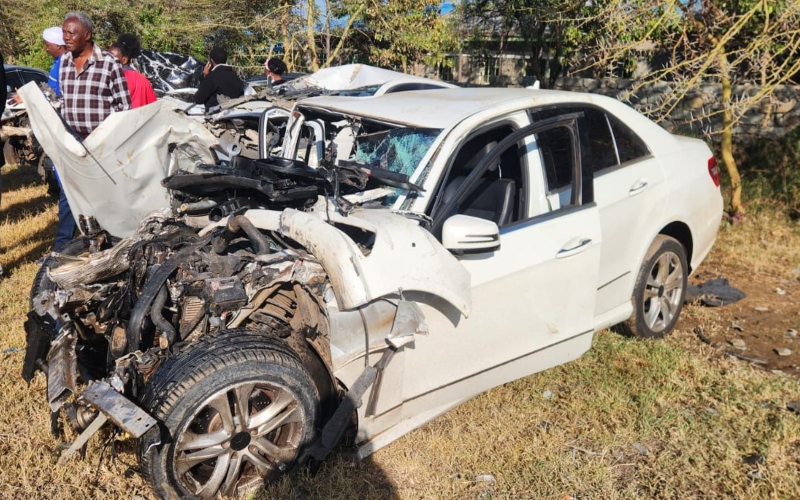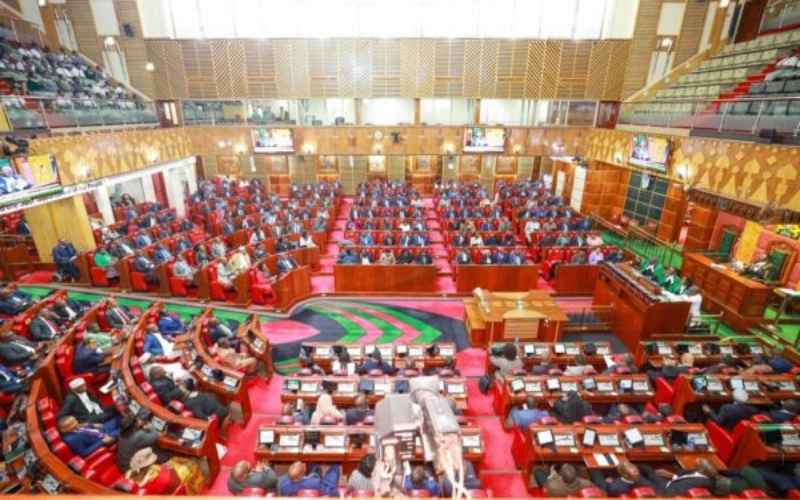Less than 20% of schools affected by floods received govt help - report

According to the report, 62 primary schools were submerged by the floods, putting around 15,000 students at risk of missing school.
A new report has revealed that less than 20 per cent of schools received government assistance for reconstruction or repairs following the deadly floods that rocked the country from March to April 2024.
The survey conducted in June by the Elimu Bora Working Group covered 60 schools in nine counties, aiming to assess the impact of the 2024 floods on learning institutions across Kenya.
More To Read
- Southeast Asia faces catastrophic floods as tropical storm kills 600 hundred
- Garissa town residents call for urgent drainage fix as floodwaters swamp businesses, homes
- MPs link deforestation to deadly landslides, call for stronger disaster preparedness plans
- Officials warn of child safety risks near Ngong River in Mukuru
- Update: 15 dead after massive landslide in Elgeyo Marakwet County following heavy rains
- Heavy rains, gusty winds expected across Kenya
According to the report, 62 primary schools were submerged by the floods, putting around 15,000 students at risk of missing school.
It added that the surveyed schools experienced a decrease in the overall student population, with female students and those with special needs disproportionately affected.
Female student return rates fell by about 10 per cent, while students with special needs saw a reduction of 11 per cent. In another school, out of 337 students, 40 were still missing.
 Kenya Red Cross officials distributing non-food items to 312 displaced households as part of the ongoing floods response at Kalro Camp, Garissa Township Sub County on May 13, 2024. (Photo: Kenya Red Cross)
Kenya Red Cross officials distributing non-food items to 312 displaced households as part of the ongoing floods response at Kalro Camp, Garissa Township Sub County on May 13, 2024. (Photo: Kenya Red Cross)
“In one example, surveyed schools enrolled 23,530 students before heavy rains and floods, which decreased to 21,453 afterwards—a nine per cent reduction due to flooding,” reads the report.
Mathare informal settlements were identified as the hardest-hit area, recording the highest school dropout rates. The report notes that more than 7,000 families in Mathare alone were severely impacted by the floods.
“Several informal settlements in urban areas suffered greatly; for example, over 7,000 people were displaced in the Mathare informal settlement in Nairobi alone,” reads the report.
The survey also found that 62 schools were submerged and 20,000 toilet blocks were either sunken or severely damaged, posing significant health risks to over 1.5 million students.
Tana River County reported 34 cases of cholera, with concerns about further outbreaks as students return to school.
The floods disrupted school feeding programmes, affecting many students who rely on these meals. Additionally, girls from disadvantaged backgrounds faced a lack of access to sanitary towels, leading teachers to seek donations for support.
Why schools suffered
The report highlighted that many schools suffered primarily due to inadequate drainage systems, leaving many areas waterlogged. It notes that infrastructure damage rendered many school facilities non-functional. However, despite some buildings being unsafe, they were equally occupied due to a lack of alternatives.
“Most of the affected schools were not fully prepared for teaching and learning when they reopened in May 2024. Some schools had served as IDP camps, and after reopening, the displaced were relocated to higher ground in temporary structures,” reads the report.
 Why Not Primary School in Mashimoni, Mathare, hosted families affected by floods in April 2024. (Photo:Justine Ondieki)
Why Not Primary School in Mashimoni, Mathare, hosted families affected by floods in April 2024. (Photo:Justine Ondieki)Why Not Primary School in Mashimoni, Mathare has been hosting families affected by floods in April 2024. (Photo:Justine Ondieki)
However, the report commended the collaborative efforts among headteachers, management boards, and parents’ associations.
“These partnerships facilitated the construction of temporary learning structures and the creation of a detailed disaster response framework. Coordination efforts were led by the assistant county commissioner and the sub-county administrator,” reads the report.
Recommendations
The working group urged schools to develop an emergency and disaster response strategy, ensuring that all stakeholders—students, teachers, administrative staff, parents, local leaders, and community members—are informed and involved in its implementation.
It also called on the government to implement mitigation measures to reduce or prevent flooding.
“This includes constructing gabions and tunnels in flood-prone areas and building structures on elevated and stable ground to create a stronger foundation for infrastructure. Proper land-use planning, including modifying the current school environment, should ensure that building sites have improved soil conditions and structural integrity,” the report notes.
It also recommended regular assessments and surveys and a multi-stakeholder recovery process. According to the working group, school infrastructure improvement and maintenance schemes should be established to keep buildings resilient.
“Public outreach and education programmes are crucial for raising awareness about disaster preparedness and early warning detection among learners, teachers, parents, and local communities,” reads the report.
Top Stories Today











































